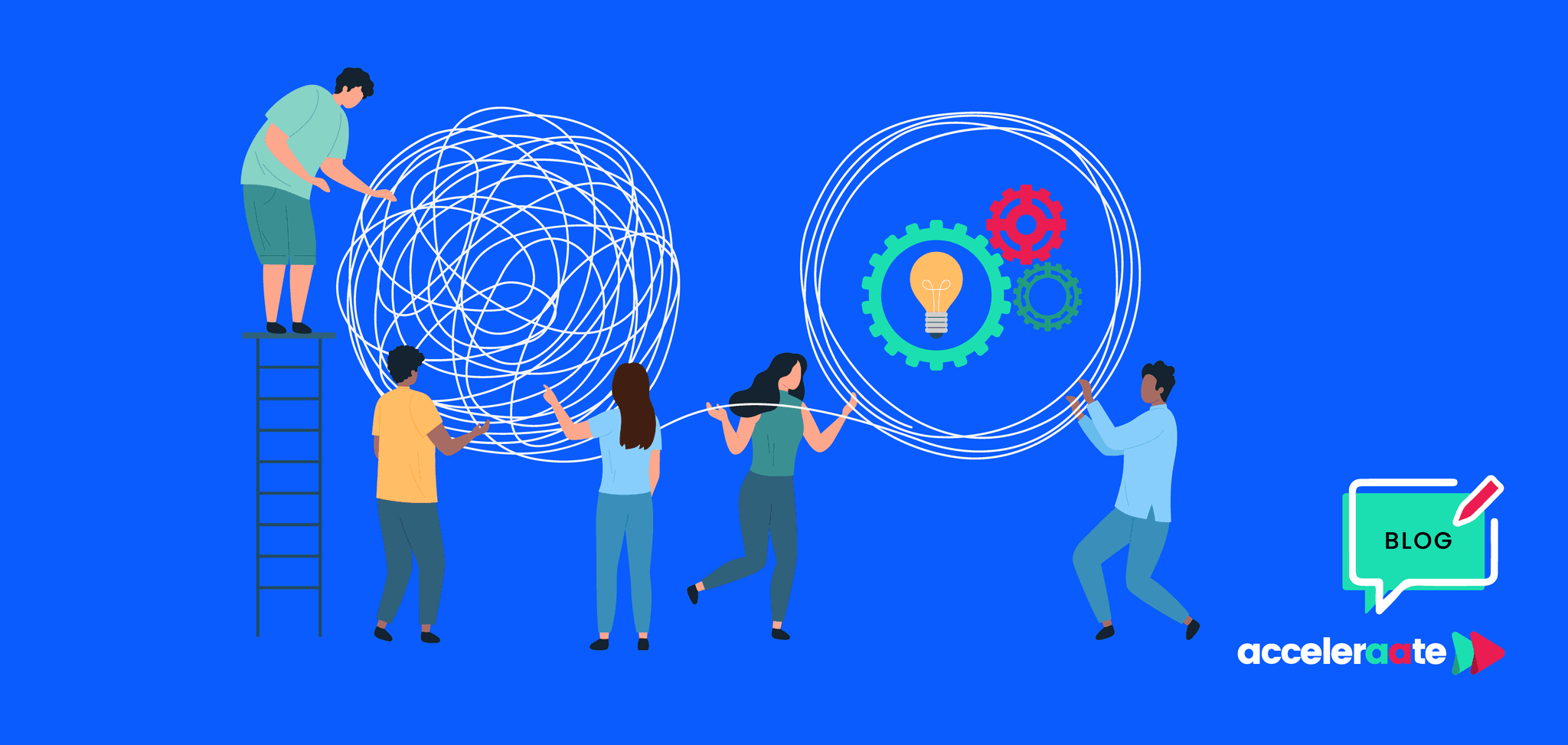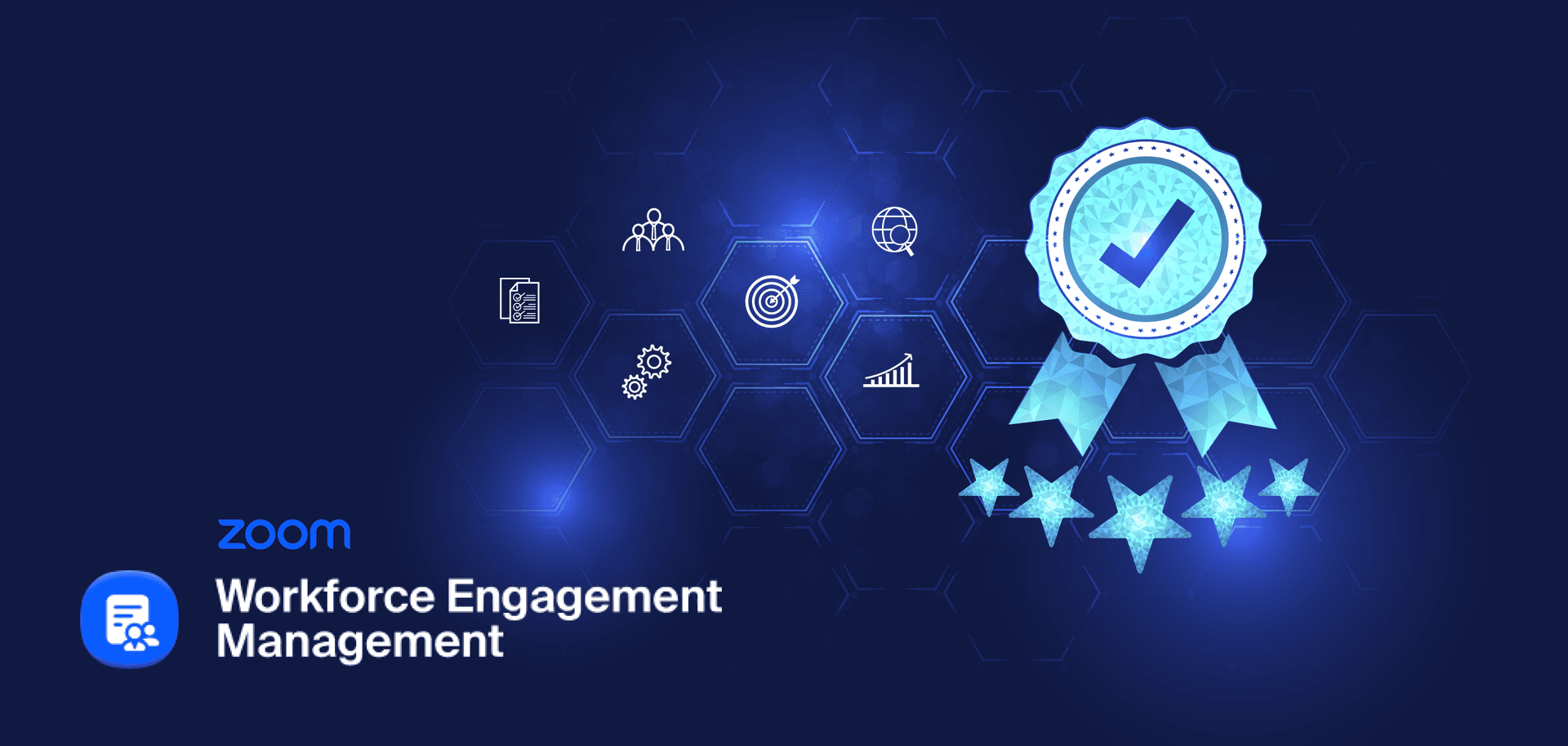AI will collapse your CX tech stack from 12 systems to 3 – conversations, data, and automation.
(4 min read)
For years, CX leaders have been sold the same promise: if you just add one more tool, everything will work better. Workforce management here. Knowledge base there. Analytics bolt-on. A chatbot vendor. A QA platform. Another reporting layer.
Each purchase felt logical at the time because each system filled a gap. But instead of building a solid foundation, it built a tower of dependencies: fragile, expensive, and constantly one API update away from breaking.
What we’ve ended up with isn’t a tech stack at all… It’s a Jenga tower. And every new tool is another block added to the top. Everyone’s pretending it’s stable but - deep down - every CX and IT leader knows: one wrong move and the whole thing comes crashing down.
Now, AI has entered the game. And it doesn’t play by Jenga rules. It doesn’t balance on top of legacy systems; it replaces them. And entire categories of CX tech are about to collapse into the platform itself.
From many tools to three pillars
The modern CX stack doesn’t need 12 systems. It needs three:
Conversations - Your communication platform (like Zoom Workplace) becomes the hub where every interaction lives - voice, video, chat, email, SMS. No more channel silos.
Data - A data lake or central repository becomes the single source of truth, feeding context into conversations in real time. No more chasing CRM tabs or waiting for overnight syncs.
Automation - AI-driven orchestration (Zoom Virtual Agent, workforce AI, and platforms like IntegrationHub) powers resolution, routing, insights, and workflows. No more bolt-on bots or manual process hacks.
As for everything else? Well, that’s just noise.
Why this collapse is inevitable
AI doesn’t respect traditional software categories... it eats them for breakfast. The functions we used to assign to entire platforms are being absorbed into the core fabric of modern CCaaS. What once needed a dedicated vendor, a separate license, and a six-month rollout is now available natively, in real time, without the overhead.
Knowledge bases become training data. Customers don’t want to click through folders or skim PDFs. They want instant, conversational answers.
Analytics platforms collapse into real-time dashboards. Instead of exporting data into external BI tools, AI inside your CCaaS generates insights on the fly, highlighting patterns, predicting outcomes, and surfacing the KPIs that matter.
External WFM tools get swallowed by AI. Forecasting, scheduling, and optimisation used to mean separate contracts and clunky interfaces. Now AI can balance workloads, predict peaks, and schedule staff automatically, all from within the same platform.
QA systems become embedded features. Forget manual sampling or separate QA platforms. AI can score 100% of interactions, flag anomalies, and even coach agents in real time.
Standalone chatbots are already dead. Rule-based bots were yesterday’s experiment. Today, AI-native virtual agents like Zoom Virtual Agent are part of the CCaaS stack.
When AI is embedded into the platform, standalone tools don’t just look unnecessary, they look bloated, slow, and outdated. And once customers and agents get used to the AI-driven version, they won’t accept going back.
The risk of clinging to best of breed
For a decade, best of breed was the safe answer. Why settle for good enough when you could stitch together the top-rated tool in every category? Workforce management from one vendor. Knowledge base from another. Analytics from a specialist platform. Chatbot from a niche AI player.
On paper, it looked like a strategy. In reality it created a tower of complexity that is fragile, costly, and endlessly precarious. Here’s what the data tells us:
SaaS mess is a real drain on resources - Enterprises now run up to 371 SaaS applications, with the average at 220. Large organisations waste 30-50% of their SaaS budget on unused licenses.
Tool fragmentation kills productivity - In one IT context study, 74% of enterprise teams used fragmented multi-vendor toolchains, resulting in over 40 hours of wasted admin time per week.
Context switching is costly - Swapping between tools isn’t just inefficient, it’s draining. Up to 45% of employees say switching apps makes them less productive, and 40% of their productive time is lost to task switching.
The cost isn’t just financial. It’s strategic
By layering in best-of-breed tools, you trade short-term wins for long-term drag:
Your agents juggle more tabs: Every interaction requires context-switching between five different interfaces. Productivity plummets, and frustration soars.
Your IT team patches more APIs: Every system update, every vendor release, every new compliance requirement becomes a game of integration whack-a-mole.
Your leadership drowns in overlapping reports: Different vendors tell different stories with different metrics, leaving you with a pile of dashboards and no single version of truth.
Of course, none of these problems showed up in the vendor demo. They only appeared once you went live - and when it was too late to back out!
The new CX operating model
Here’s what it looks like in practice:
A customer starts in Zoom Virtual Agent. AI handles their request or escalates with full context.
The agent sees everything in one interface: data is surfaced in real time from the data lake or CRM, enriched by AI, and powered by Acceleraate IntegrationHub.
AI automation handles forecasting, agent assistance, quality scoring, and reporting with no extra platforms required.
The outcome: fewer tools, more intelligence, faster outcomes, lower costs.
Where Acceleraate fits
At Acceleraate, we help organisations collapse the Jenga tower of legacy tools and replace noise with clarity.
With IntegrationHub for Zoom, we enable enterprises to:
Connect Zoom Contact Centre, Zoom Phone, and Zoom Virtual Agent seamlessly to your data lake and critical systems.
Orchestrate real-time automation flows that remove the need for siloed solutions.
Embed AI across conversations, data, and automation so your CX stack works as a single, intelligent platform.
We’ve spent two decades in customer experience transformation, and we know the pitfalls of bloated stacks and fragmented strategies. That’s why we focus on helping leaders consolidate, simplify, and scale, with Zoom and AI as the foundation for modern CX.
The future of customer experience isn’t about adding more platforms. It’s about building a smarter, smaller, AI-powered stack that drives outcomes.
About the author

Part of Founded Group Limited








